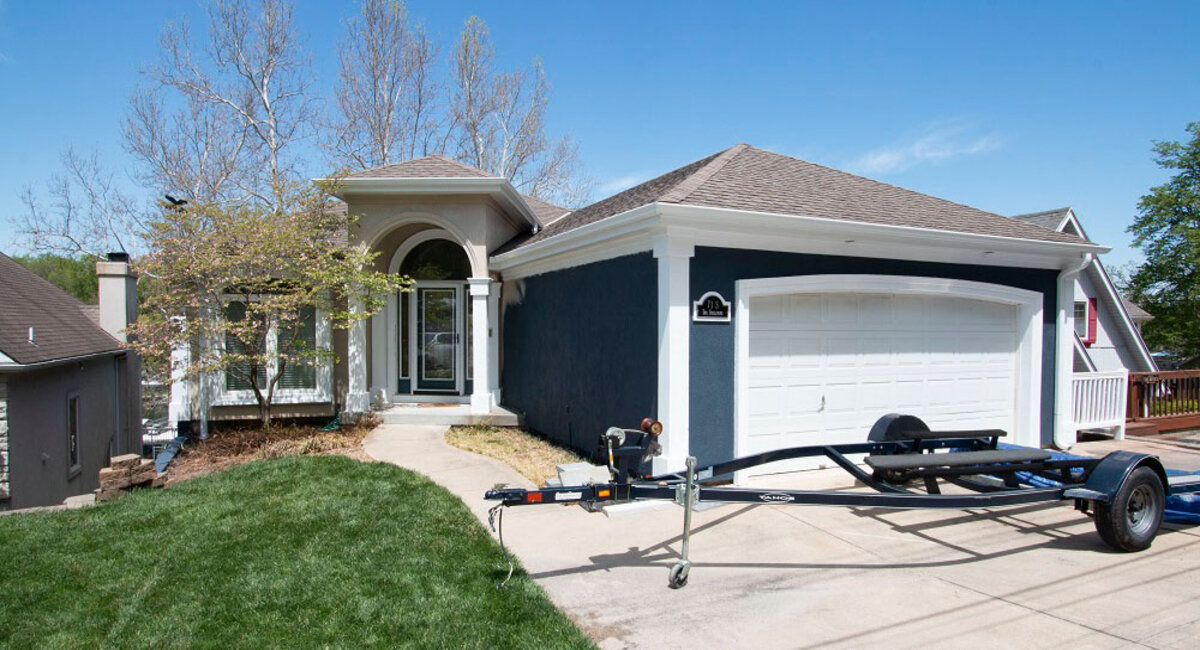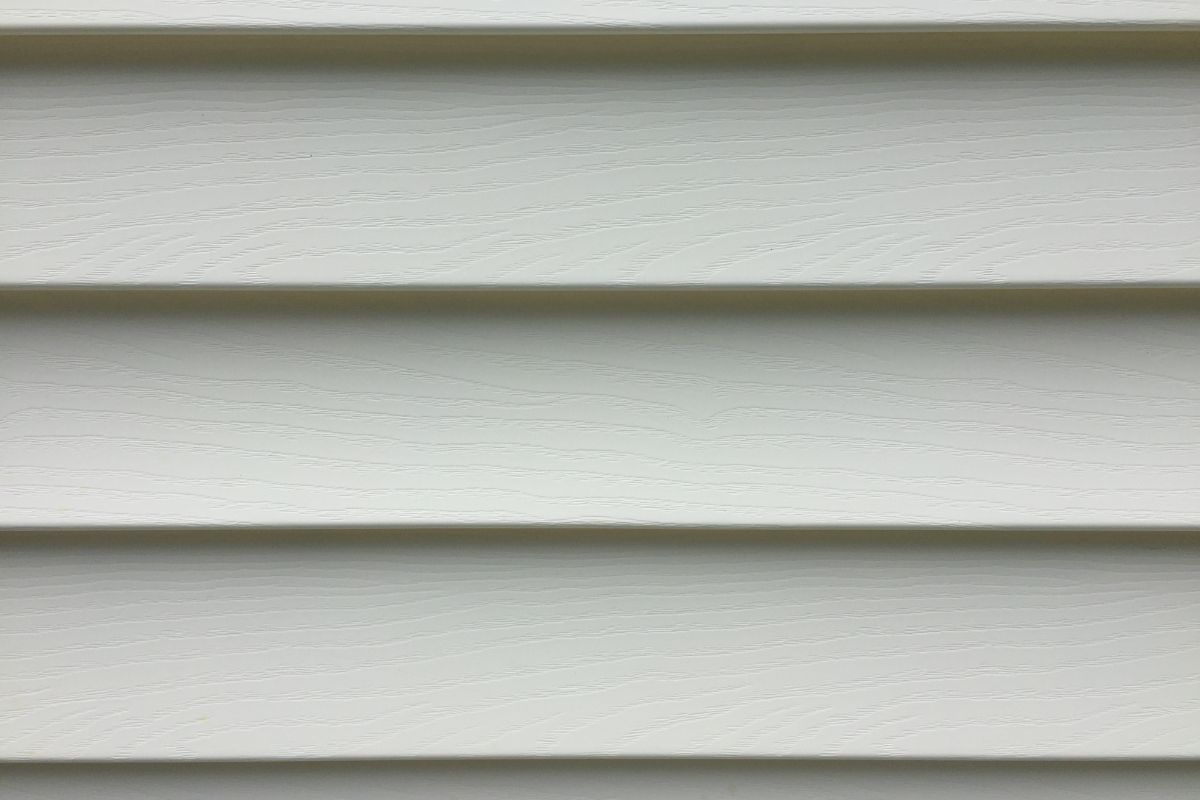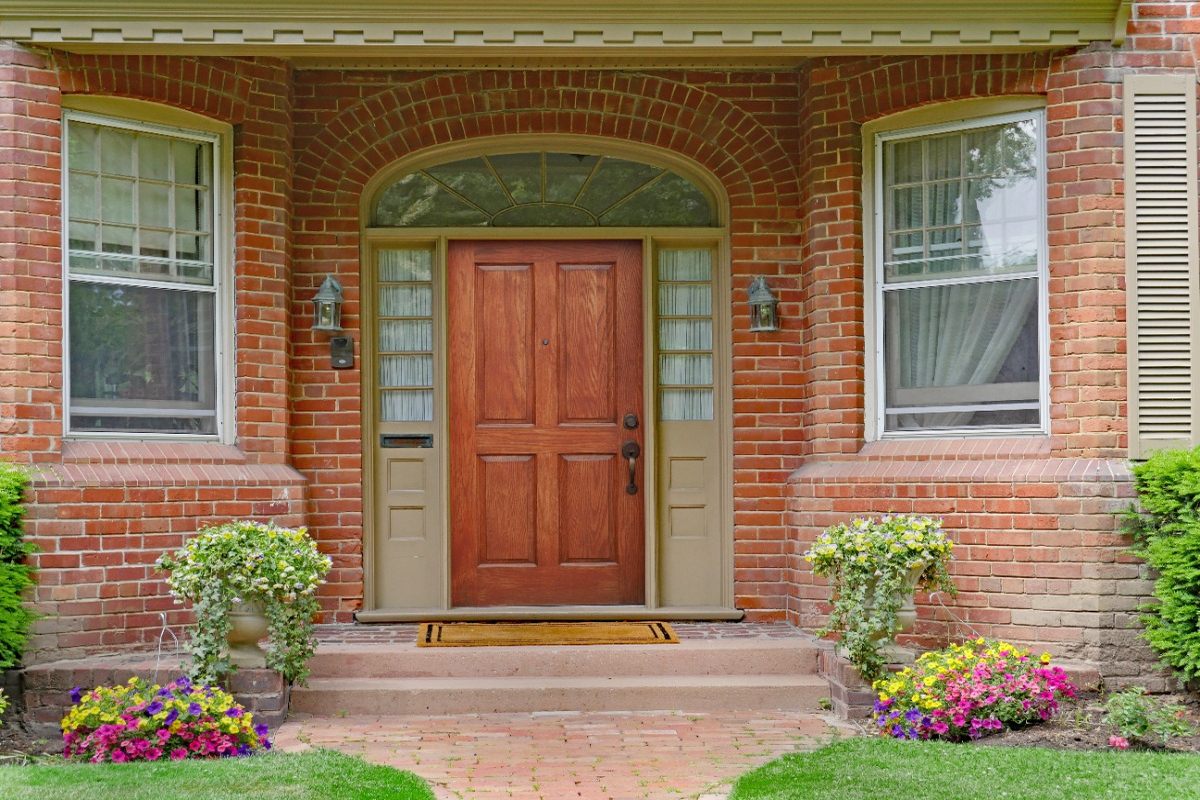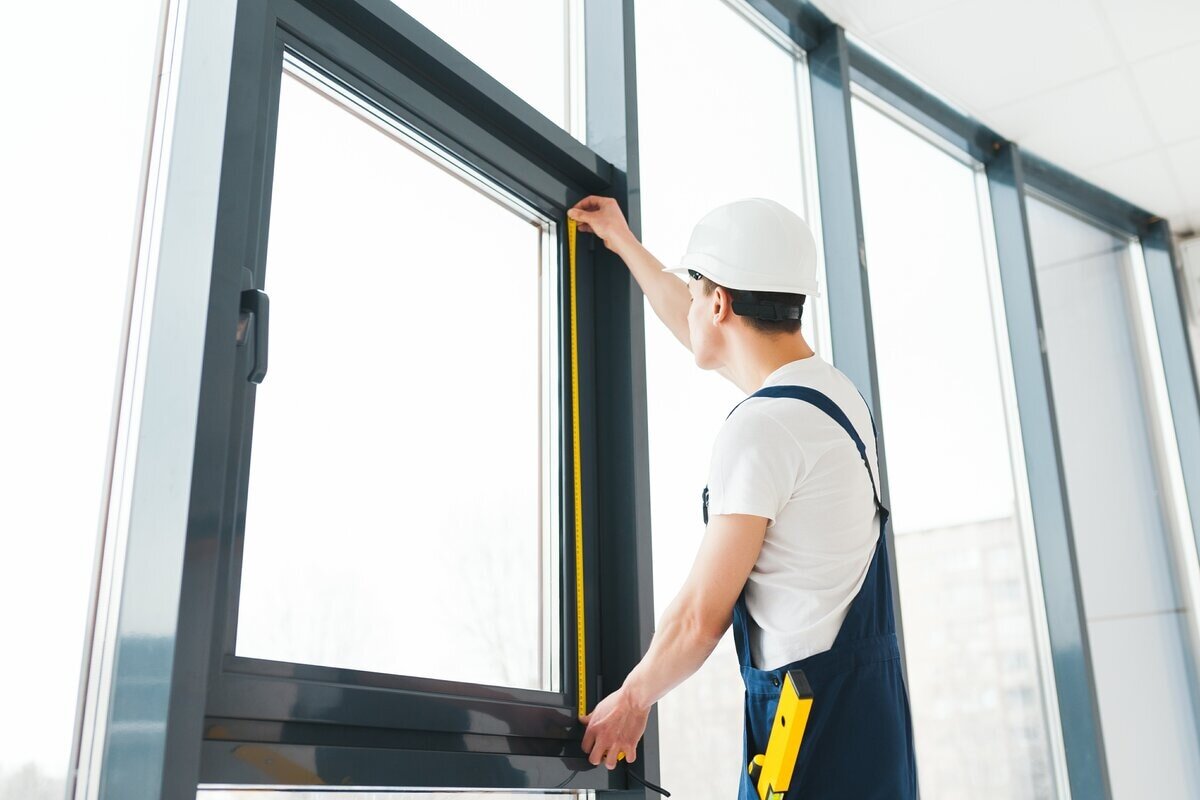Would you like to invigorate your home’s exterior prestige by making your siding colors match the rest of your home? Many homeowners are doing this because attention to detail makes a tremendous difference in curb appeal. We’ll show you some of the best color options for James Hardie Siding, and how you can use them to increase your home value substantially.
The Most Popular Siding Colors for Homes in St. Louis
One way to approach this important topic is to identify which colors have the best (and worst) home resale value. If you have a grasp on which colors help/hinder your chances of selling your house, you’ll gain a useful proxy for popular color choices. According to the prevailing trends in St. Louis, consider one of four general color schemes:
- Browns (light or mid-tone)
- Light Neutrals (tans, neutral greens, etc.)
- Grays (light to medium)
- Blues (light or mid-tone)
Which colors should you avoid?
There are certain extremes you should eliminate because they don’t match consumer preferences if the housing market is any indicator. The riskiest colors are orange, bright yellow, purple, black, pink, or pastel shades. While some of these colors might create a nice novelty look, you’d be gambling with something unpalatable to most buyers.
Get The Best Siding Colors with James Hardie Siding
Most of your best color selections come from the James Hardie brand of fiber-cement siding. While there have been significant advancements in vinyl and engineered wood siding, we can show you so many more color schemes from the James Hardie catalog. They have dozens of choices, but here is a quick selection of our favorites:
- Arctic White
- Boothbay Blue
- Country lane Red
- Cobblestone
- Aged Pewter
- Khaki Brown
- Light Mist
- Navajo Beige
- Mountain Sage
- Timber Bark
This gives you a great opportunity to complement or contrast your siding color with other exterior components such as the windows, doors, or roof.
Why New Siding Adds Home Value
Some estimates say that you can recoup about ¾ of your upfront costs (what you pay to purchase James Hardie Siding) whenever you sell your home. This means you could install premium siding, enjoy living there for a few years, and then see a splendid return on investment when you sell your house. Just the fact that you replaced outdated siding will make an enormous difference in the number of potential buyers you would attract.
Other Benefits of Adding James Hardie Siding for Better Home Value
- The fiber-cement in James Hardie Siding does a much better job withstanding the effects of harmful UV rays from the sun. Therefore, the vibrant color will last much longer.
- The colors you select match well with popular home design schemes like Board-and-Batten or many other classic styles.
- In contrast with vinyl, you get something that’s five times thicker, and much more impenetrable to wind, rain, snow, and so forth.
- It doesn’t rot from water intrusion the way wood siding does.
- You can expect a 30-year lifespan (and usually much longer) based on warranty conditions.
If you’d like more information on improving home value, then we encourage you to read our previous post on the benefits of James Hardie Siding for St. Louis homeowners.
Hawthorn Home Exteriors: Pro Siding Installation in St. Louis
While a major siding project can be expensive and involve lots of planning, it can also be plenty of fun if you approach it the right way. The color and design aspect is one area people appreciate most, and it’s well worth it when you see the finished result.
We hope you’ll keep us in mind if you decide to install James Hardie Siding on your home. We’re the number one siding contractor for that material, which we receive special training in order to put together properly.
If you’d like to learn more about siding colors or anything else related to exterior upgrades, contact us anytime for more information.















